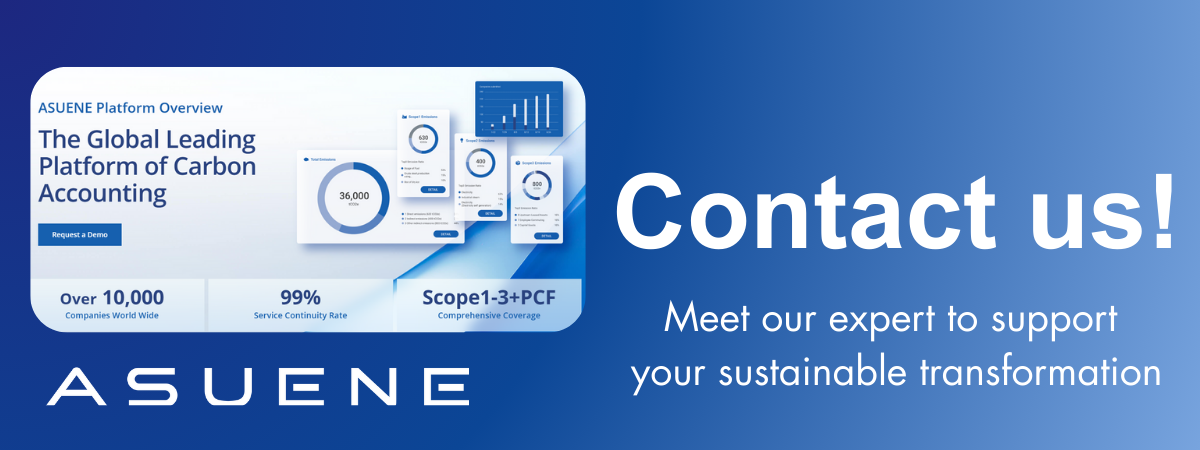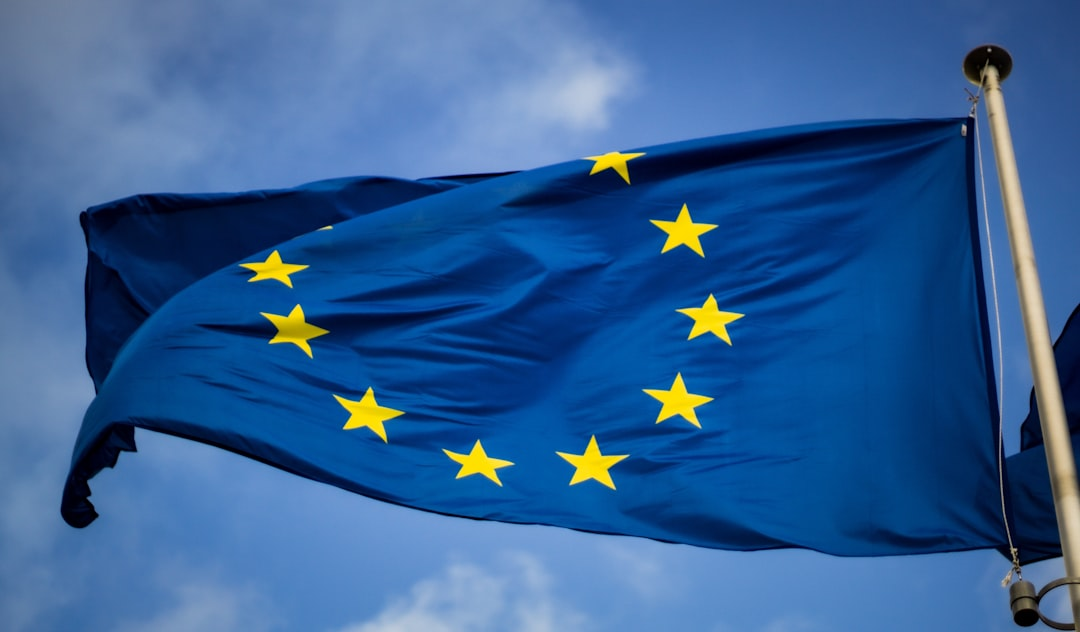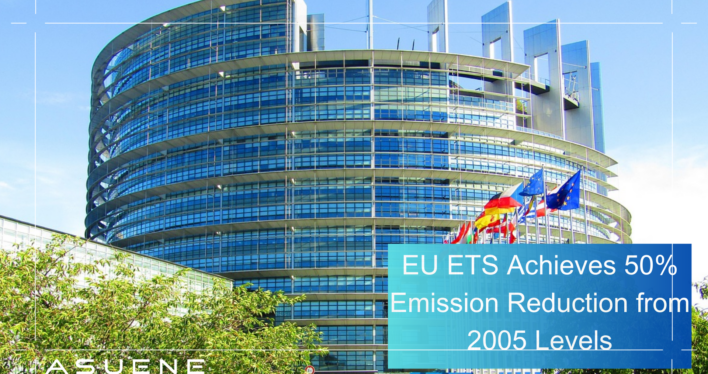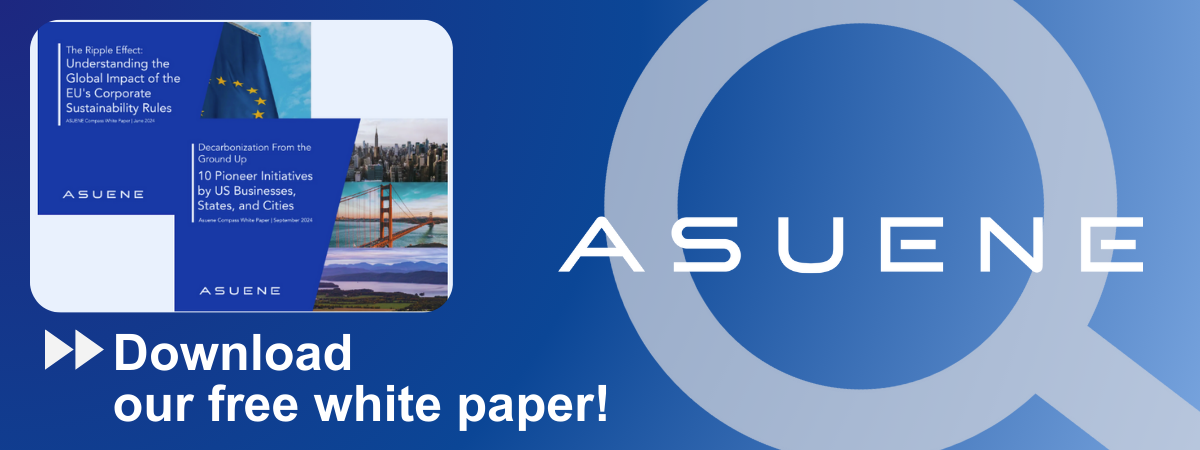- Article Summary
-
Introduction: A Landmark Milestone in EU Climate Policy
The European Union’s Emissions Trading System (EU ETS), the world’s most established and expansive carbon pricing mechanism, has reached a critical turning point. According to data released by the European Commission in early April 2025, greenhouse gas (GHG) emissions from sectors covered under the EU ETS have now fallen to 50% of their 2005 levels. This translates into a cumulative emissions reduction of over 2 billion tons of CO₂-equivalent since the scheme’s inception.
This milestone underscores the EU’s commitment to its climate neutrality objective under the European Green Deal. It also affirms that the bloc is on track to meet its 2030 climate target of a 62% reduction in ETS sector emissions, compared to 2005. The year-on-year emissions cut of 5% between 2023 and 2024 is particularly noteworthy, considering the economic recovery and energy demand rebound post-pandemic.
Initially launched in 2005, the EU ETS now encompasses more than 10,000 installations in the power generation, manufacturing, aviation, and—most recently—maritime sectors. As the scope of the ETS continues to expand, its role as a cornerstone policy instrument for climate action is becoming more prominent. Its dynamic and market-based nature has not only incentivized technological innovation and operational efficiency but also created a ripple effect globally as other regions consider adopting similar mechanisms.

Sectoral Breakdown: Performance, Trends, and Key Drivers
Emissions performance under the EU ETS varies across sectors, each influenced by unique regulatory, economic, and technological factors. The table below summarizes the emissions changes and driving forces in five key areas:
| Sector | 2024 Emissions Change (%) | Key Drivers |
|---|---|---|
| Power | -12 | Increased renewable and nuclear generation, steep decline in coal reliance |
| Cement | -5 | Efficiency improvements and subdued construction activity |
| Fertilizer | +7 | Increased production due to fertilizer demand rebound |
| Aviation | +15 | Expanded ETS coverage to include long-haul international flights |
| Maritime | New entry | First year under ETS; monitoring and reporting systems now operational |
The power generation sector continued to lead the decarbonization charge in 2024. With an 8% year-over-year increase in renewable energy output and a 5% rise in nuclear power generation, emissions in this sector dropped significantly. The share of coal in the energy mix fell by 15%, reflecting both fuel switching and sustained carbon price signals.
In contrast, the industrial sector presented a mixed picture. While cement production achieved a 5% emissions reduction due to improved process efficiencies and slowed demand, the fertilizer industry saw a 7% increase in emissions. This was largely due to higher production volumes, driven by global supply chain recovery and agricultural demand.
Aviation sector emissions rose by 15%, a reversal of earlier pandemic-era trends. This uptick is mainly attributed to the inclusion of more international flights within the ETS scope following the 2023 reform. Meanwhile, 2024 marked the first year that the maritime sector reported emissions under the EU ETS, accounting for 72 million tons of CO₂. This data will inform future cap setting and auction design for maritime emissions.

Emissions Trend Analysis: 2005–2024 Trajectory and Policy Impact
The chart below provides a long-term view of emissions under the EU ETS, indexed to 2005 levels (set to 100). The steady decline reflects both policy tightening and structural changes in the economy and energy system.
From 2005 to 2012, reductions were modest, averaging 1–2% per year. However, after the 2013 Phase III reform and the introduction of the Market Stability Reserve (MSR) in 2019, emission reductions accelerated. The price of carbon allowances rose from under €10 per ton in 2017 to over €80 in 2023, sending strong economic signals for low-carbon investment.
Between 2015 and 2024, emission reductions averaged nearly 4% annually. The power sector’s rapid transition, industrial efficiency gains, and more recently, changes in transport emissions have all contributed to this trend. Analysts note that this trajectory is in line with the ETS linear reduction factor (LRF), which currently mandates a 4.3% annual decline in the cap.
ETS Mechanism: How Cap-and-Trade Delivers Carbon Cuts
At the heart of the EU ETS is a simple but powerful idea: putting a price on carbon. The system works by setting a cap on total GHG emissions from regulated sectors. This cap is converted into a finite number of emission allowances (EUAs), each permitting the emission of one ton of CO₂-equivalent. Companies must surrender allowances equal to their verified emissions annually.
| Feature | Description |
|---|---|
| Cap | Set annually, declines each year to drive total emissions down |
| Allowances | Distributed via auctions or free allocation depending on sectoral exposure |
| Trading | Firms can buy/sell allowances on a regulated carbon market |
| Market Stability Reserve | Withdraws excess allowances to reduce volatility and ensure scarcity |
| Price Signal | Encourages investment in low-carbon technologies and fuel switching |
The cap-and-trade approach offers flexibility and cost-effectiveness. Firms that reduce emissions below their allocated allowances can sell the surplus, creating financial incentives for early action. Conversely, heavy emitters must purchase additional allowances, internalizing the cost of pollution and driving behavioral change.
Notably, free allocation remains for certain carbon leakage-exposed industries, but the share of auctioned allowances is increasing. By 2030, the ETS will shift further toward full auctioning, while also being extended to new sectors such as buildings and road transport through the new ETS2 framework.

Policy Outlook: Deepening Ambition, Widening Scope
Looking ahead, the EU ETS will continue to evolve as both a compliance tool and a global benchmark for climate policy. Under the revised EU Climate Law, the ETS must contribute significantly to the bloc’s legally binding target of reducing overall GHG emissions by 55% by 2030 and reaching net-zero by 2050.
Major policy enhancements are on the horizon. These include:
- ETS2 Launch: A second ETS scheme for buildings and road transport starting in 2027, with a preparatory phase from 2025.
- CBAM Alignment: The Carbon Border Adjustment Mechanism (CBAM) will complement the ETS by applying equivalent carbon pricing to imports.
- Social Climate Fund: Revenues from ETS2 will help mitigate social impacts through targeted subsidies and energy poverty relief.
- Increased Innovation Funding: Revenues will support the Innovation Fund, financing clean hydrogen, CCS, and zero-carbon industrial processes.
The international relevance of the ETS is also growing. Countries such as China and the United States are exploring carbon markets of their own, and the EU is engaging in cooperative agreements to ensure compatibility and prevent carbon leakage.
As carbon prices continue to rise and the scope of the ETS broadens, companies will face increasing pressure to decarbonize or bear higher compliance costs. However, the flexibility and predictability of the ETS also provide a roadmap for long-term transition planning.
Conclusion: A Model for the World
The EU ETS has proven its effectiveness over nearly two decades of operation. By achieving a 50% reduction in emissions from covered sectors since 2005, it has set a powerful example of how carbon pricing can drive real environmental results.
Its continued success depends not only on tightening caps and rising prices but also on thoughtful design updates, social equity considerations, and robust enforcement. As the climate crisis intensifies, mechanisms like the EU ETS will be essential in shaping a resilient, low-carbon global economy.
Why Work with ASUENE Inc.?

ASUENE USA Inc., a subsidiary of Asuene Inc., is a key player in carbon accounting, offering a comprehensive platform that measures, reduces, and reports emissions, including Scope 1-3, with expertise in decarbonization. Asuene serves over 10,000 clients worldwide, providing an all-in-one solution that integrates GHG accounting, ESG supply chain management, a Carbon Credit exchange platform, and third-party verification.
ASUENE supports companies in achieving net-zero goals through advanced technology, consulting services, and an extensive network.

